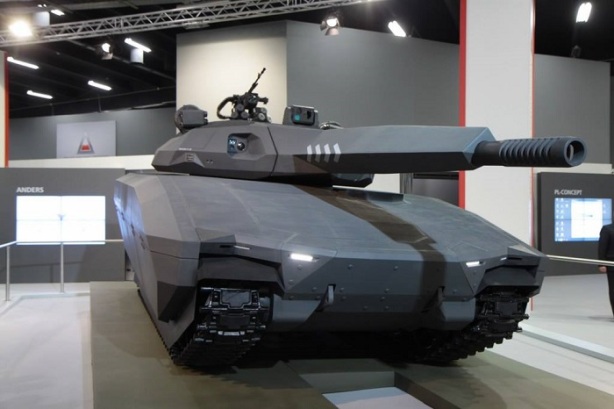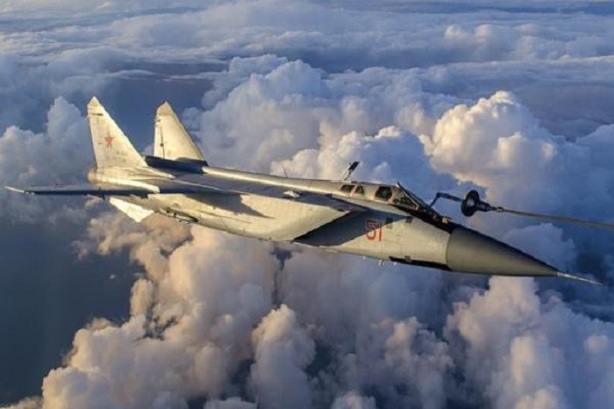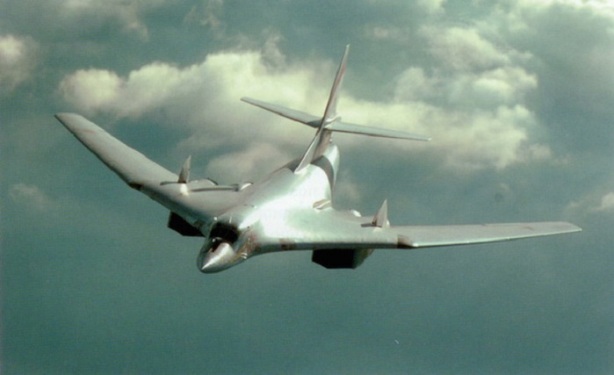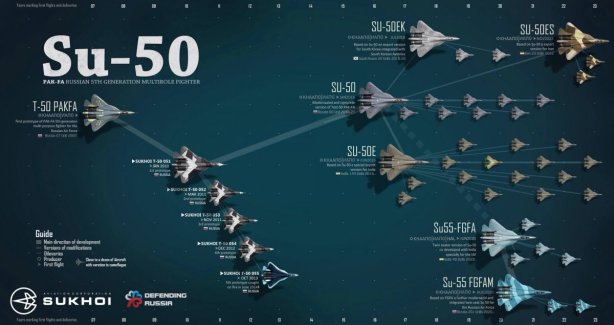When you think of the Polish armed forces, most equate it with either their collapse at the outset of World War II or its membership in the Warsaw Pact alliance following the end of the Second World War. However, ever since the end of the Cold War in the early nineties, Poland has allied itself with the West, going so far as to become a member state of NATO in March 1999. Since that time, Poland has quietly developed its own military-industrial complex, and has even begun the arduous task of creating its own next generation main battle tank.
The PL-01 is a Polish armoured fighting vehicle created by OBRUM with support from BAE Systems. The concept vehicle project was first unveiled at the International Defence Industry Exhibition in Kielce on September 2nd, 2013. A full prototype is estimated to be completed in 2016, and should the project be finalized and approved following evaluation, mass production is scheduled to begin in 2018. Looking very much like a futuristic take on David Darke’s “Hammers Slammers,” the layout of the PL-01, nevertheless, is similar to that of modern standard main battle tanks, with the driver located at the front of the vehicle and an unmanned turret mounted in the rear. Within the hull are the commander and gunner, and the rear part of the fuselage can carry four soldiers. The vehicle chassis is based on that of the Combat Vehicle 90.
The vehicle armour has a modular ceramic-aramid shell, which is designed to provide protection compatible with NATO standard STANAG 4569 Annex A at level 5+ within the front portion of the hull and turret. Additional armour panels are mounted on the turret and hull, and are designed to provide full protection against projectiles. The hull of the vehicle provides protection against improvised explosive devices (IEDs) and landmines in accordance with appendix B parts 4a and 4b of the STANAG 4569 standard. The entire vehicle will be covered with radio wave absorbent material.
The PL-01 is to be equipped with a 940 horsepower (700 kW)+ diesel engine coupled to a torque converter, automatic gearbox and driving assistance mechanism. The suspension is based on seven wheels, with the drive shafts having active damping of torsion bars mounted on the first and last two pairs. The vehicle can reach speeds of up to 70 kilometres per hour (43 mph) on paved roads and 50 kilometres per hour (31 mph) in rough terrain with a maximum range of 500 kilometres (310 mi). It can overcome an inclination of 30 degrees, ditches and trenches to a width of 2.6 metres (8 ft 6 in), and cross water obstacles with a depth of up to 1.5 metres (4 ft 11 in) without preparation, and up to 5 metres (16 ft) deep with preparation.
With no clear cut successor to the Abrams in sight, it would be interesting if the US DoD decided to test and procure the PL-01 for the US Army once the Abrams reaches retirement age.




